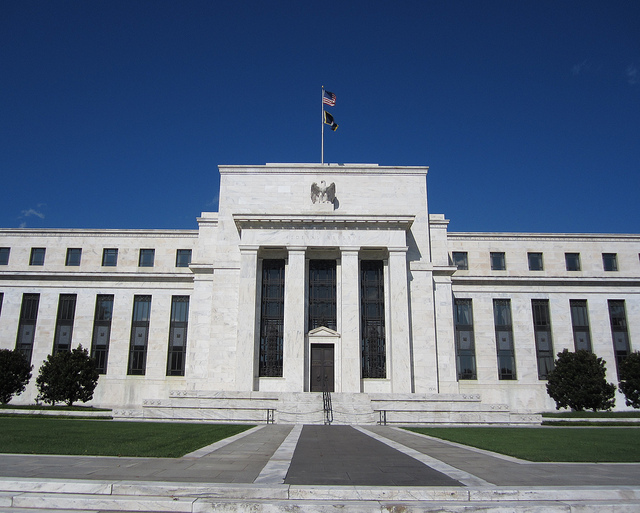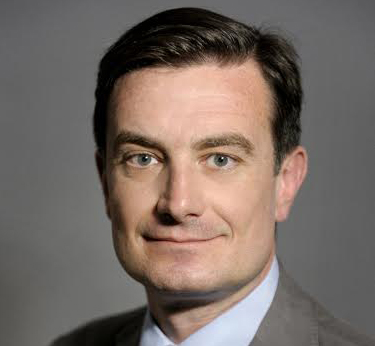In the statement after its July meeting, the Federal Open Market Committee altered language about the near-term path of interest rates by noting that a first policy rate increase would occur once there is ‘some further improvement’ in the labour market. Steven Friedman, Director, Official Institutions at Fischer Francis Trees & Watts (FFTW), subsidiary of BNP Paribas IP, believes that this set a fairly low hurdle for the start of policy normalisation and indicated that the committee believed the economy was approaching full employment.
“Last week’s July employment report provides Fed chair Yellen with additional comfort that commencing a gradual normalisation process should not derail the labour market and prospects for returning inflation to mandate-consistent levels in the coming years. Should the August employment report (the final one before the September FOMC meeting) show similar payroll gains, it certainly would seem to qualify as “some further improvement” in the labour market”, points out Friedman.
Other recent data should also provide the committee with confidence that the economy can withstand an initial rate increase in September and a very gradual normalisation thereafter. Recent construction, factory and trade data indicates that second-quarter GDP will be revised up to around 3%. In addition, while the price deflator for core personal consumption expenditures is not anywhere near the committee’s inflation objective, it has shown signs of stabilising in recent months – one of Yellen’s stated preconditions for beginning to raise rates.
The Fischer Francis Trees & Watts expert says that interest-rate futures now discount only a bit more than even odds of a September rate increase. That investors remain unconvinced of a September move reflects skepticism in the committee’s slack-based framework for inflation given that global disinflationary pressures emanating from China and elsewhere should keep US inflation low even as the economy moves past full employment.
In addition, investors appear concerned that declines in commodity prices could partly reflect a loss of global growth momentum and suppress inflation over the medium term. And an increase in US policy rates at a time when other G10 central banks are either easing further or maintaining accommodative policy fuels concern that policy normalisation may be difficult to sustain given the risk of renewed appreciation of the US dollar.
“It is difficult to find significant evidence that these concerns are affecting asset prices meaningfully. While the Treasury curve has begun to flatten in recent weeks, the pace of the move is similar to what was observed ahead of the tightening cycle in 2004 (see Exhibit 1 below). Similarly, major US stock indices are not far off of their recent peaks and have been weighed down primarily by energy-related stocks. Declines in longer-dated measures of inflation compensation are consistent with the renewed slide in energy prices. In short, markets appear to be preparing for an initial rate increase in a largely intuitive manner, and we remain far from seeing risks of a policy error reflected in asset prices”, conclude Friedman.




 For Alicia Miguel Serrano
For Alicia Miguel Serrano